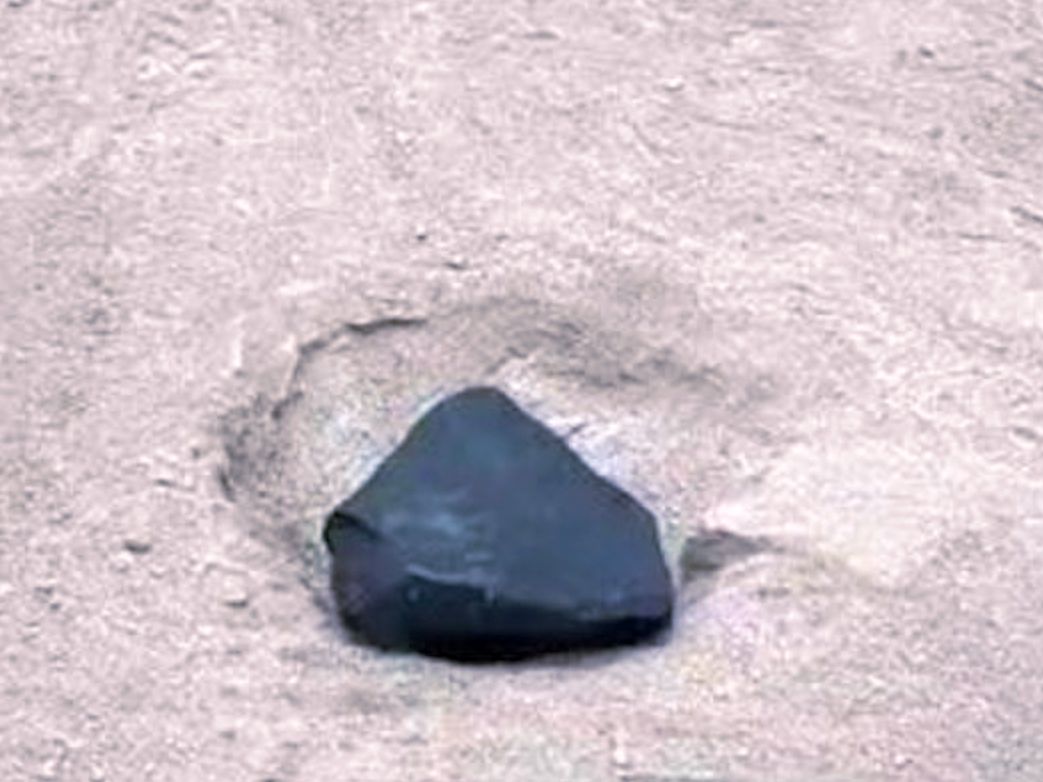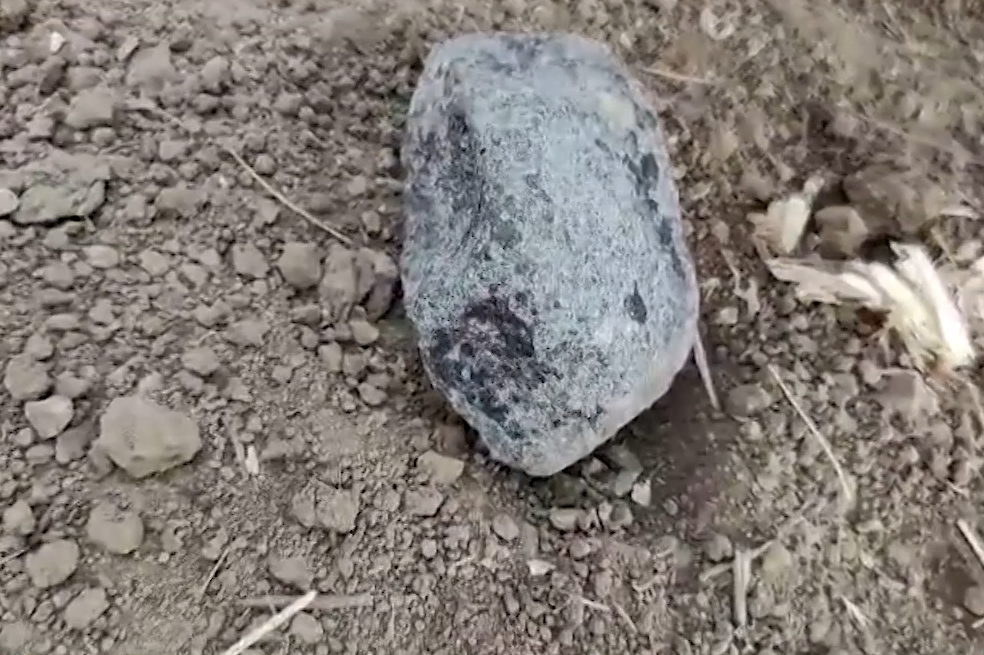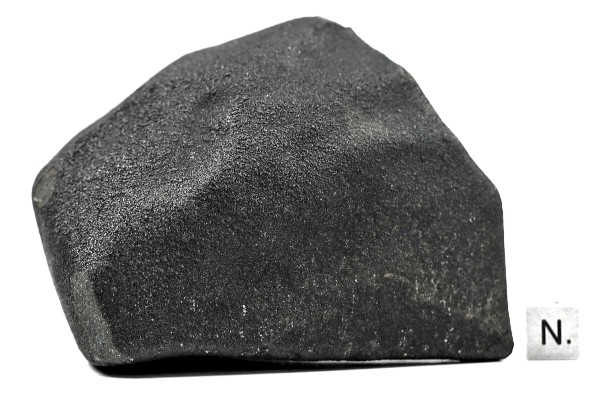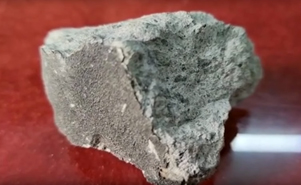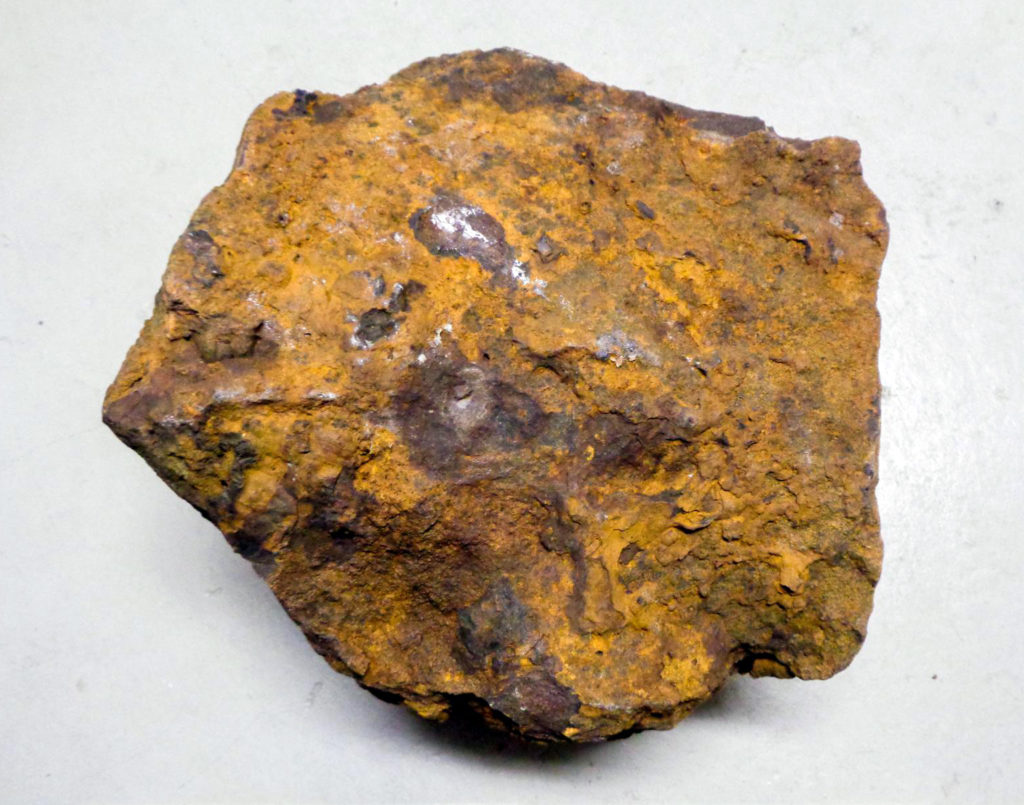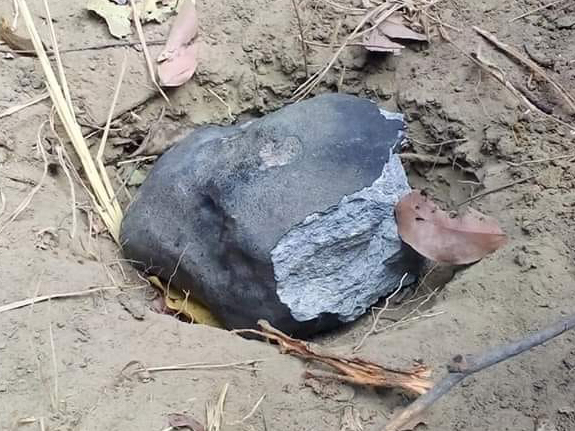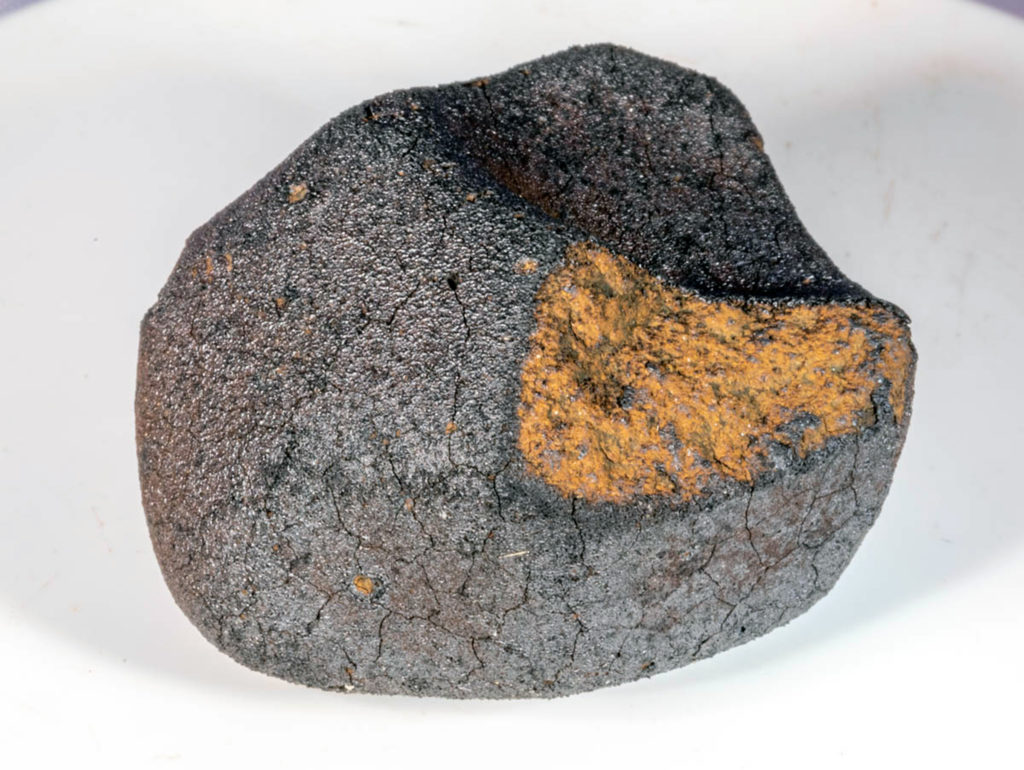Oxygen-isotope variations in refractory inclusions from Rumuruti-type chondrites: Evidence for nebular gas heterogeneity and parent-body exchangeOPEN ACCESS
Samuel Ebert, Kazuhide Nagashima, Alexander N. Krot, Addi Bischoff
Geochimica et Cosmochimica Acta
In Press, Journal Pre-proof, Available online 24 May 2025
“Refractory inclusions [Ca,Al-rich inclusions (CAIs) and amoeboid olivine aggregates (AOAs)] in unmetamorphosed chondrites (petrologic type ≤ 3.0) have typically uniform 16O-rich solar-like compositions. The origin of oxygen-isotope heterogeneity within individual refractory inclusions from weakly metamorphosed (petrologic type > 3.0) chondrites remains controversial. It may reflect (i) condensation from a nebular gas having variable O-isotope composition, (ii) gas–solid or gas–melt O-isotope exchange with this gas, and/or (iii) O-isotope exchange with an 16O-depleted aqueous fluid in the host chondrite parent bodies. Here, we present the mineralogy, petrology and O-isotope compositions of refractory inclusions (12 CAIs and 2 AOAs) from the Rumuruti-type (R) chondrites of petrologic type 3 – Northwest Africa (NWA) 753, NWA 1471, and Dhofar 1123. The CAIs and AOAs are extensively altered: melilite is completely replaced by secondary minerals; perovskite is largely replaced by ilmenite; spinel and olivine are enriched in FeO. The polymineralic refractory inclusions have heterogeneous O-isotope compositions: Δ17O ranges from ∼−25 ‰ to ∼5 ‰ (2σ = ±∼2‰). The only exception is a spinel-hibonite inclusion having uniform 16O-depleted composition (Δ17O ∼ −14 ‰). Hibonite, most ferroan spinel, and some olivine and Al,(Ti)-diopside grains in Rumuruti-type chondrite (RC) fragments of low petrologic type (3.15 − 3.2) retained their initial Δ 17O values, which, however, range from −25 ‰ to ∼ −14 ‰, suggesting variations in O-isotope composition of nebular gas in the CAI-forming region. Most Al,Ti-diopside and some olivine and spinel grains in RC refractory inclusions are 16O-depleted compared to minerals most resistant to O-isotope exchange (hibonite and spinel) that retained their original compositions. The most 16O-depleted compositions of Al,Ti-diopside and ferroan olivine have Δ17O of ∼ +5‰ that is similar to Δ17O of the aqueously formed grossular and ferroan olivine. We infer that the 16O-depleted Al,Ti-diopside, olivine, and spinel in isotopically heterogeneous refractory inclusions experienced post-formation O-isotope exchange with aqueous fluids in the RC parent asteroid(s).”

